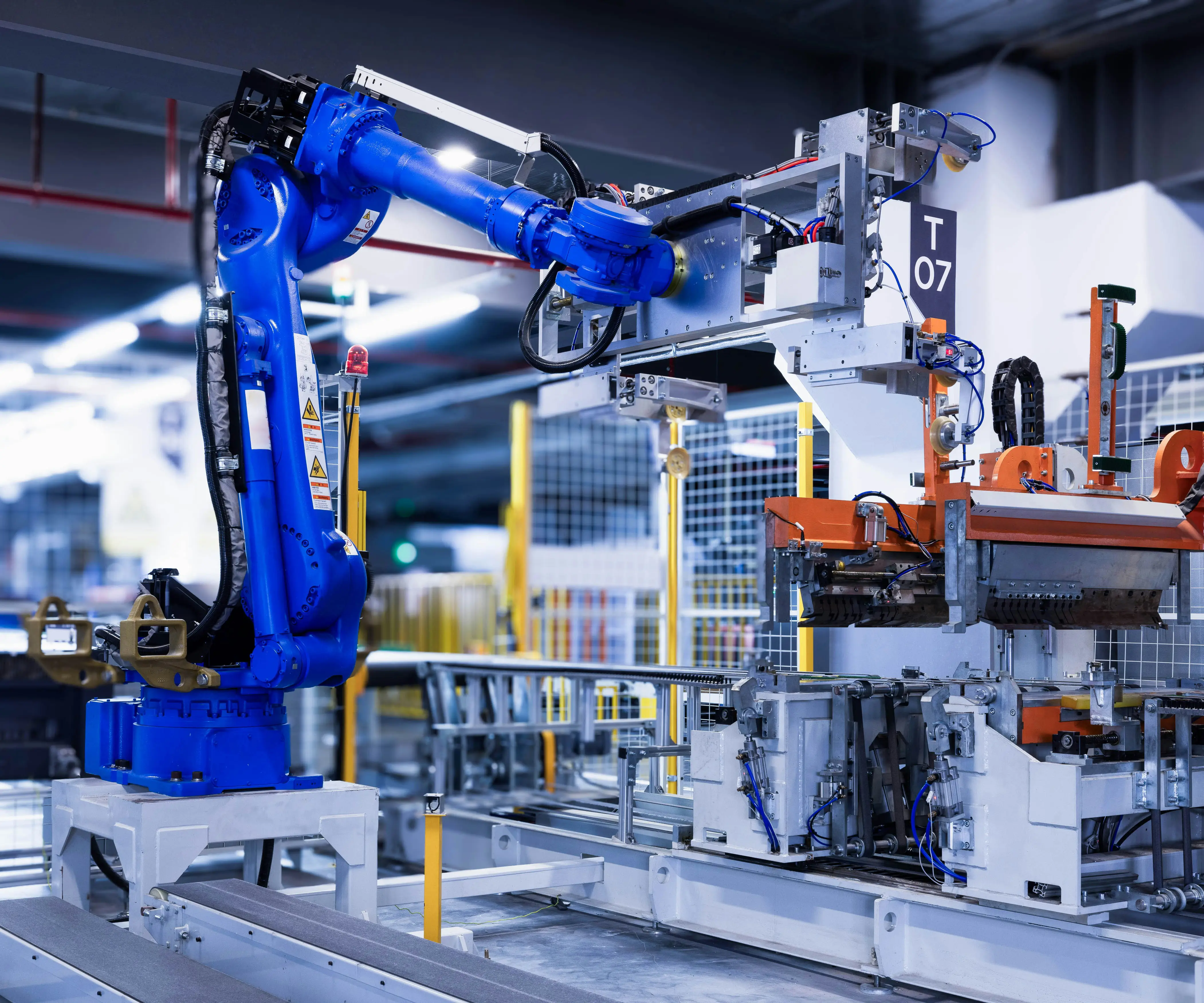Ever tried to build something cool with an Arduino, only to find that your servo motor just refuses to cooperate? You’re not alone. It’s enough to make anyone scratch their head and wonder if the servo is secretly trying to sabotage your project. But don't worry, that frustration is more common than you think — and there’s usually a simple fix waiting just around the corner.

First thing: check your wiring. It’s easy to overlook, but loose connections or misplaced wires can turn your servo from a hero into a no-show. Make sure the power supply is solid — servos love stable voltage, and low or fluctuating power can cause them to stall or jitter. If your power source isn’t enough, the servo might act up, refusing to move or twitch unpredictably. Using a dedicated power supply or adding a capacitor can make a big difference.
Next, observe the signal line. Sometimes, the PWM signal isn’t hitting the mark. Maybe the code isn’t sending the right commands, or the signal timing is off. Confirm your code matches the servo’s specifications — too narrow or too wide pulse widths can fry your servo or leave it inactive. Running a simple test sketch that just sweeps the servo from 0 to 180 degrees might reveal whether the issue is code or hardware.
It’s worth pondering about the servo itself. Sometimes, servos just wear out or get damaged. Dropping one or forcing it to move past physical limits can cause internal gears to strip or motors to burn out. That’s a harsh reality, but it’s part of exploring hardware — testing with a different servo or inspecting for any visible damages can save you time.
Now, have you run into a situation where the servo suddenly stops working after a firmware update? That’s a sneaky one. Sometimes, software settings or library versions can introduce conflicts. Reinstalling or updating your libraries, or reverting to a previous working version, might do the trick.
And let’s not forget environment factors. High temperatures, humidity, or even electromagnetic interference can cause erratic servo behavior. Keep your setup in a cool, dry place, away from Wi-Fi signals and other electronics that might jumble the signals.
Here’s a quick tip: when troubleshooting, keep your setup simple. Disconnect unnecessary components, test the servo with just a basic circuit, and see if it responds. This approach isolates the problem — a crucial step before diving into complex fixes.
When customer support is in focus, knowing what triggers these glitches can be a game-changer. Clear, detailed descriptions of the problem — when it started, what you tried, any patterns noticed — help others guide you more effectively. So, don’t hesitate to share all those little details that seem insignificant. Sometimes, an overlooked factor is the key to solving a stubborn issue.
In the end, owning a project that involves servos is a journey. Every hiccup, from power hiccups to signal issues, teaches something about the delicate dance between hardware and code. Tinkering, testing, and experimenting turn troubleshooting into an adventure rather than a chore. And that “not working” servo? It’s just waiting for the right tweak to get back in motion, lighting up your idea with real, moving parts.
Established in 2005, Kpower has been dedicated to a professional compact motion unit manufacturer, headquartered in Dongguan, Guangdong Province, China. Leveraging innovations in modular drive technology, Kpower integrates high-performance motors, precision reducers, and multi-protocol control systems to provide efficient and customized smart drive system solutions. Kpower has delivered professional drive system solutions to over 500 enterprise clients globally with products covering various fields such as Smart Home Systems, Automatic Electronics, Robotics, Precision Agriculture, Drones, and Industrial Automation.




































